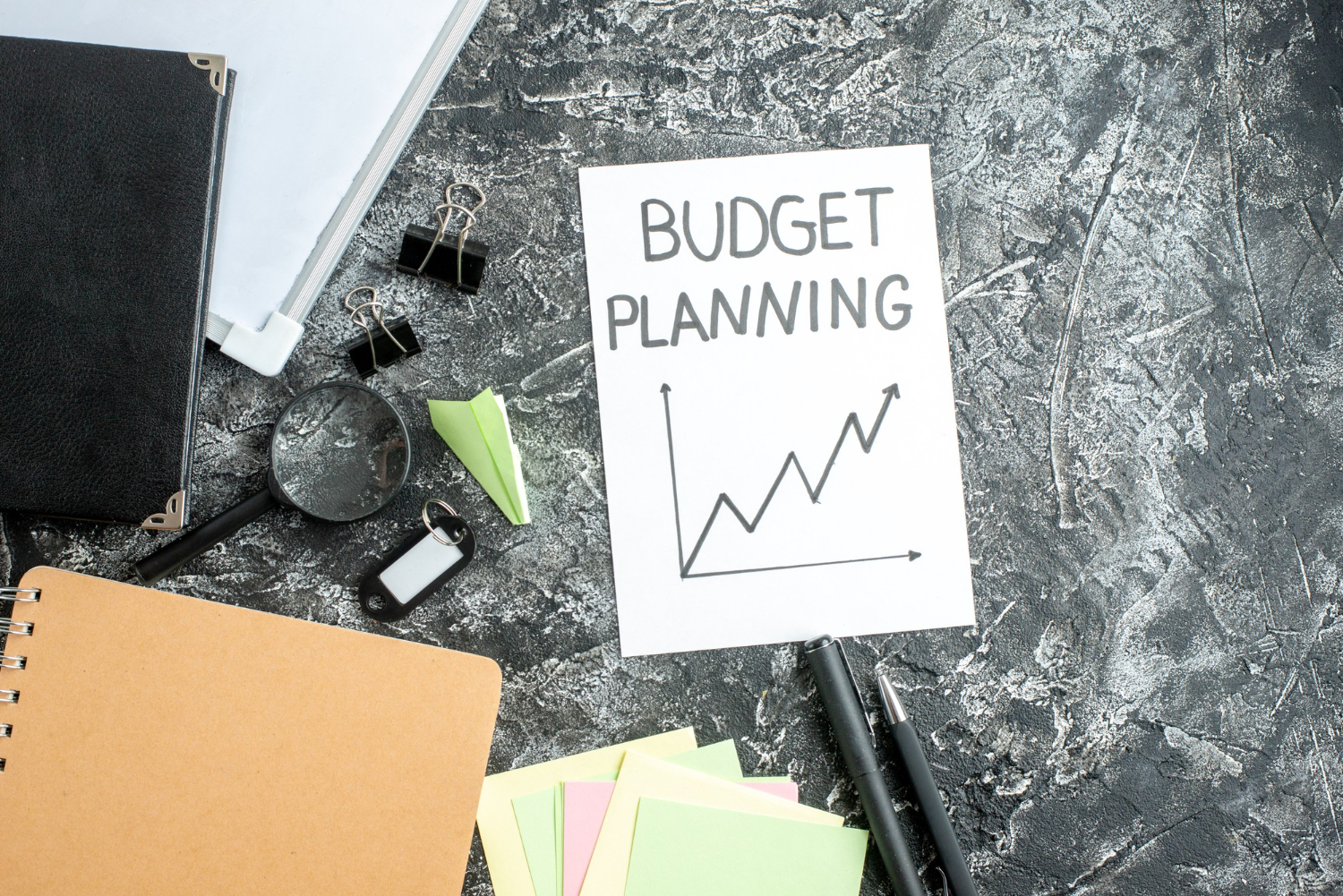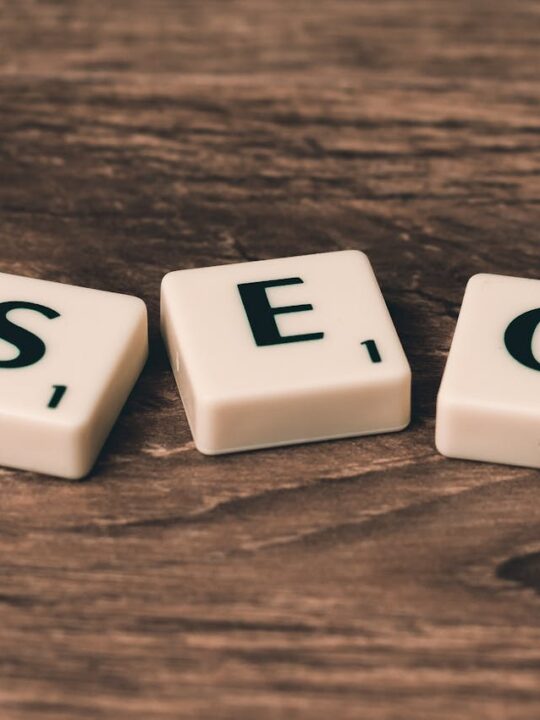 When managing your business, the use of budgeting software to track earnings and expenses is a common activity to track how your business is performing in the marketplace, where money is being spent, and areas where you can improve upon, such as increasing revenue or reducing overhead. Another important aspect of effective budgeting is using budget and forecast software to not just track current expenses but also using forecasting to predict possible outcomes in the future. Forecasting makes use of past data and current information to predict, in terms of the probability, what your future costs and earnings will look like given the available information.
When managing your business, the use of budgeting software to track earnings and expenses is a common activity to track how your business is performing in the marketplace, where money is being spent, and areas where you can improve upon, such as increasing revenue or reducing overhead. Another important aspect of effective budgeting is using budget and forecast software to not just track current expenses but also using forecasting to predict possible outcomes in the future. Forecasting makes use of past data and current information to predict, in terms of the probability, what your future costs and earnings will look like given the available information.
Forecasting: An Overview
A forecast is used to predict possible future outcomes for your business in terms of its performance. Forecasts are dynamic models and make use of both current and past information. So, when you have updated the sales and expense figures to input into your forecast model, it updates possible results based on these new figures. Forecasts can also be used for both short-term and long-term periods to create different sets of data.
Short-term forecast models are typically used for planning operational needs such as the budget, while long-term forecast data is used for long-term business development such as building new locations or expanding into new markets. Forecasts can be used for sales, costs, financial needs, production costs, and more. This data can be used to plan your company budget and have solid information to base your future actions on.
How To Create a Useful Forecast
- Use Good Data: your forecast is only as accurate as the data you enter into it. Before entering, company information checks to verify that the information you are using is both accurate and complete. Entering inaccurate or out-of-date information makes the resulting forecast inaccurate, meaning you can’t use it to make an informed choice for your business.
- Be Realistic: when forecasting for the future, often the goal is to track and plan for future business growth. Your goals not only have to make mathematical sense, they have to be realistic. Setting goals that are impossible to achieve means that your forecasts will not be useful no matter how accurate they are. Realistic expectations allow for attainable business growth and make your forecasting a useful metric as it can be correctly applied.
- Have A Contingency Plan: with forecasting, you can be properly prepared for issues that could arise. If your forecasts show a possible decrease in income or other financial issues, having an established contingency fund can help you navigate these lean periods. A contingency fund of three months or longer can help keep your company stable should an emergency arise. This can protect you from issues such as losing clients or unexpected liquidity issues.
- Consider Different Time Frames: when forecasting, track multiple time frames for further accuracy and to have more data points for your decision-making. In both short-term and long-term forecasts, you track performance, work towards goals, and detect any issues as they arise. Staying informed is one of the most effective ways to continue having success in your business.
- Review Your Forecasts Regularly: to make the best use of your forecasts, you should review them regularly to compare them to current performance. Regular reviews and metric checks keep you informed of what is going on and areas where action should be taken to prevent potential issues. Regular company meetings can keep both staff and management well-informed.
Final Thoughts
A lack of proper financial planning has led to the closure of a nearly immeasurable number of businesses. While good budgeting and forecasting are not a guarantee of success, it greatly reduces your odds of falling victim to preventable issues and allows you to be prepared should something happen in the future.







